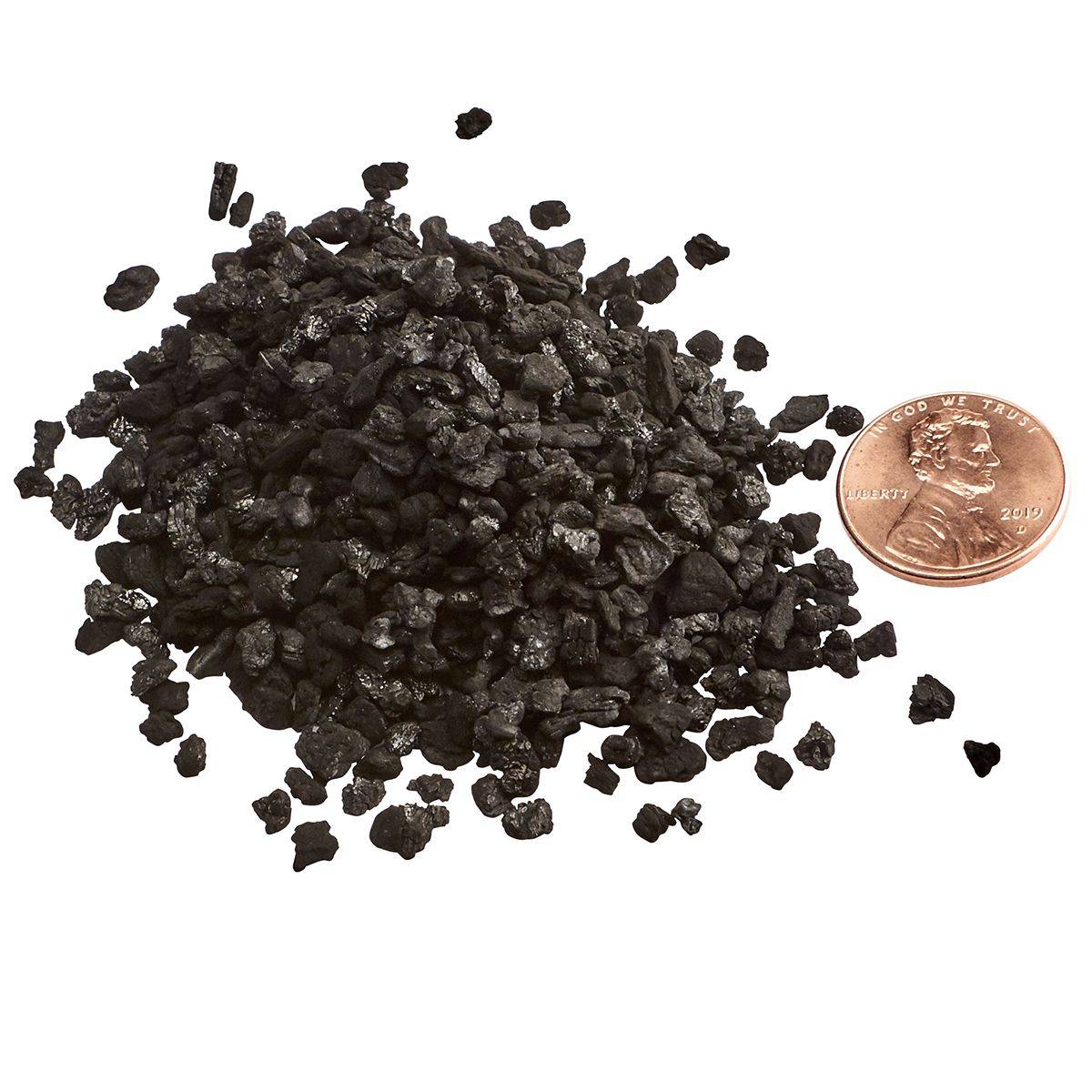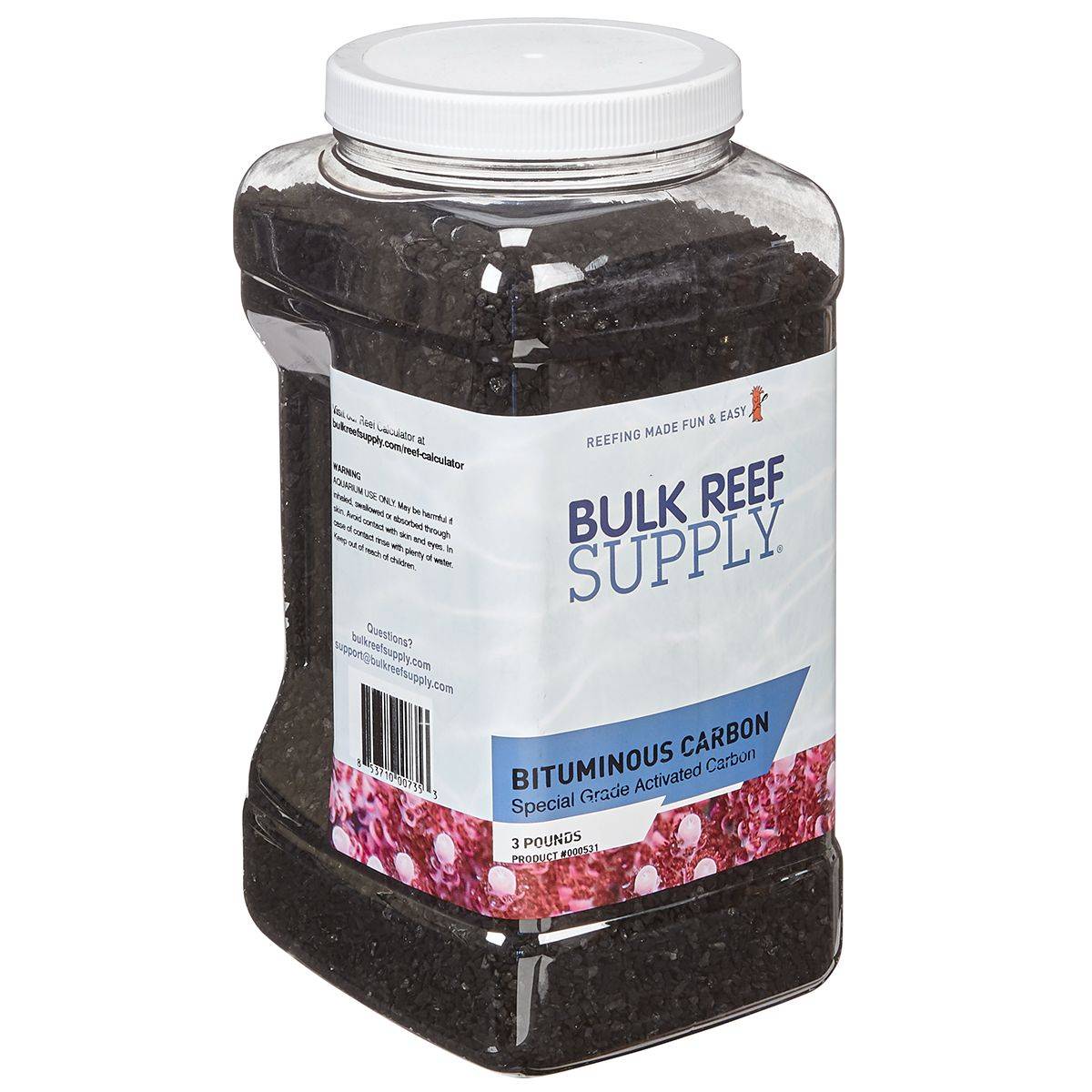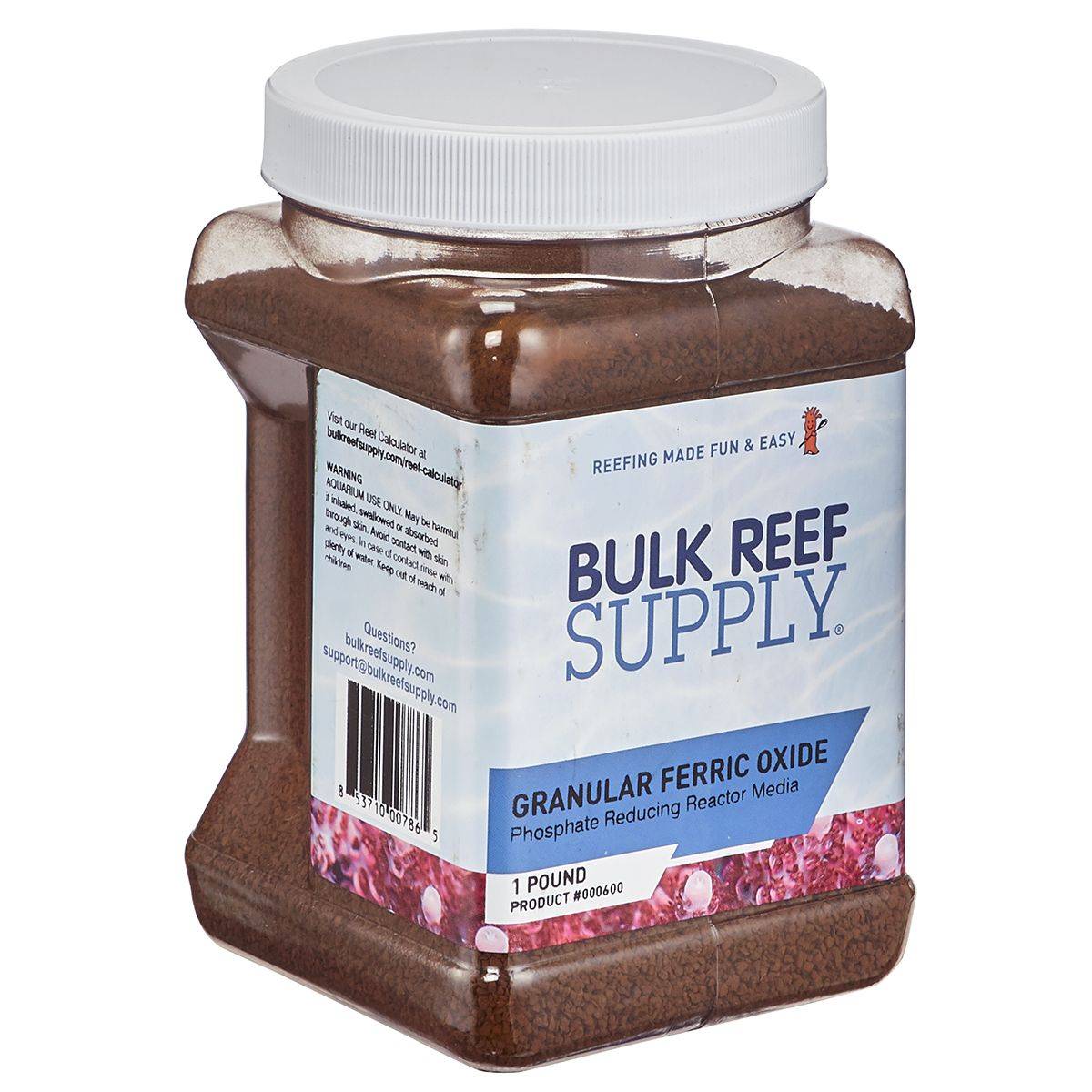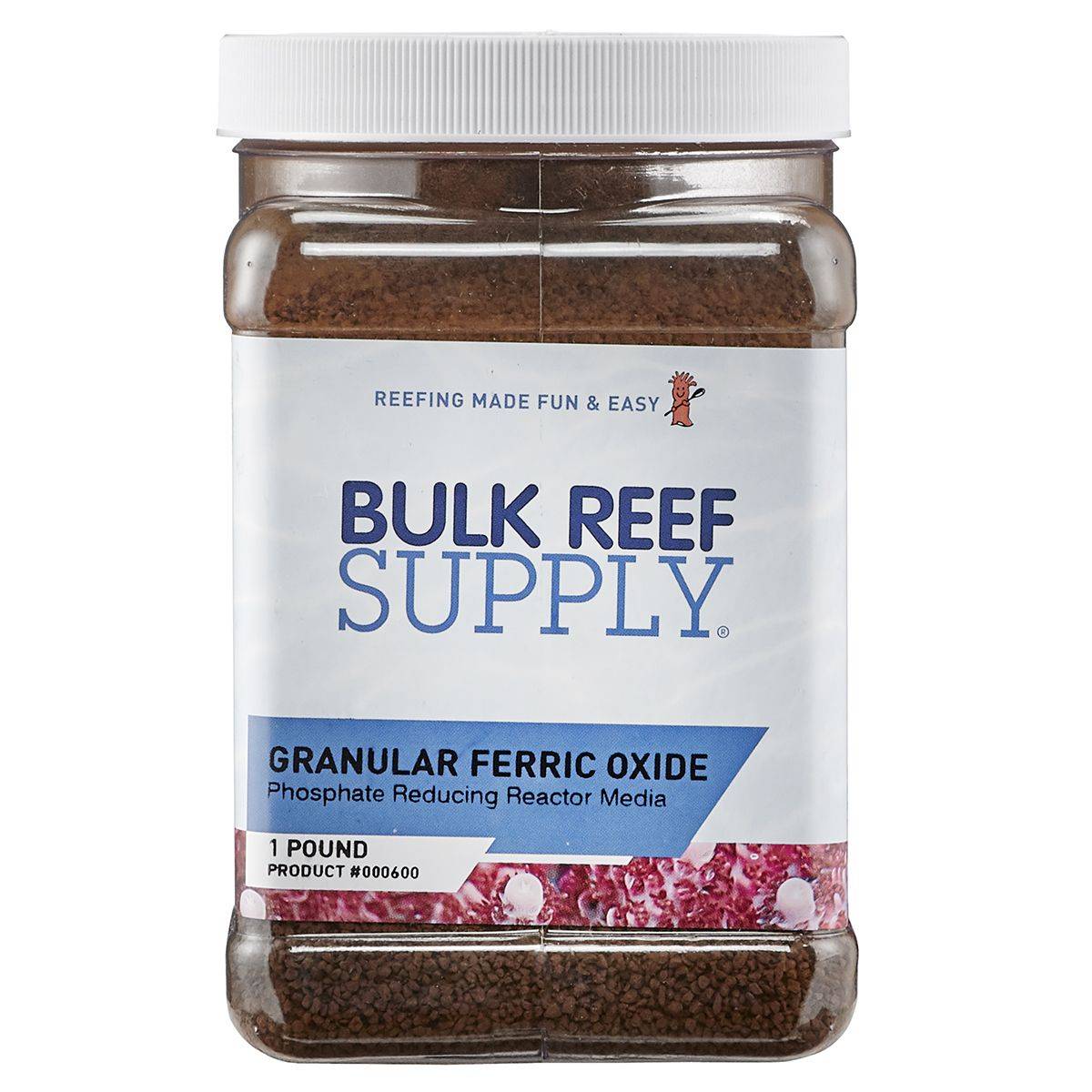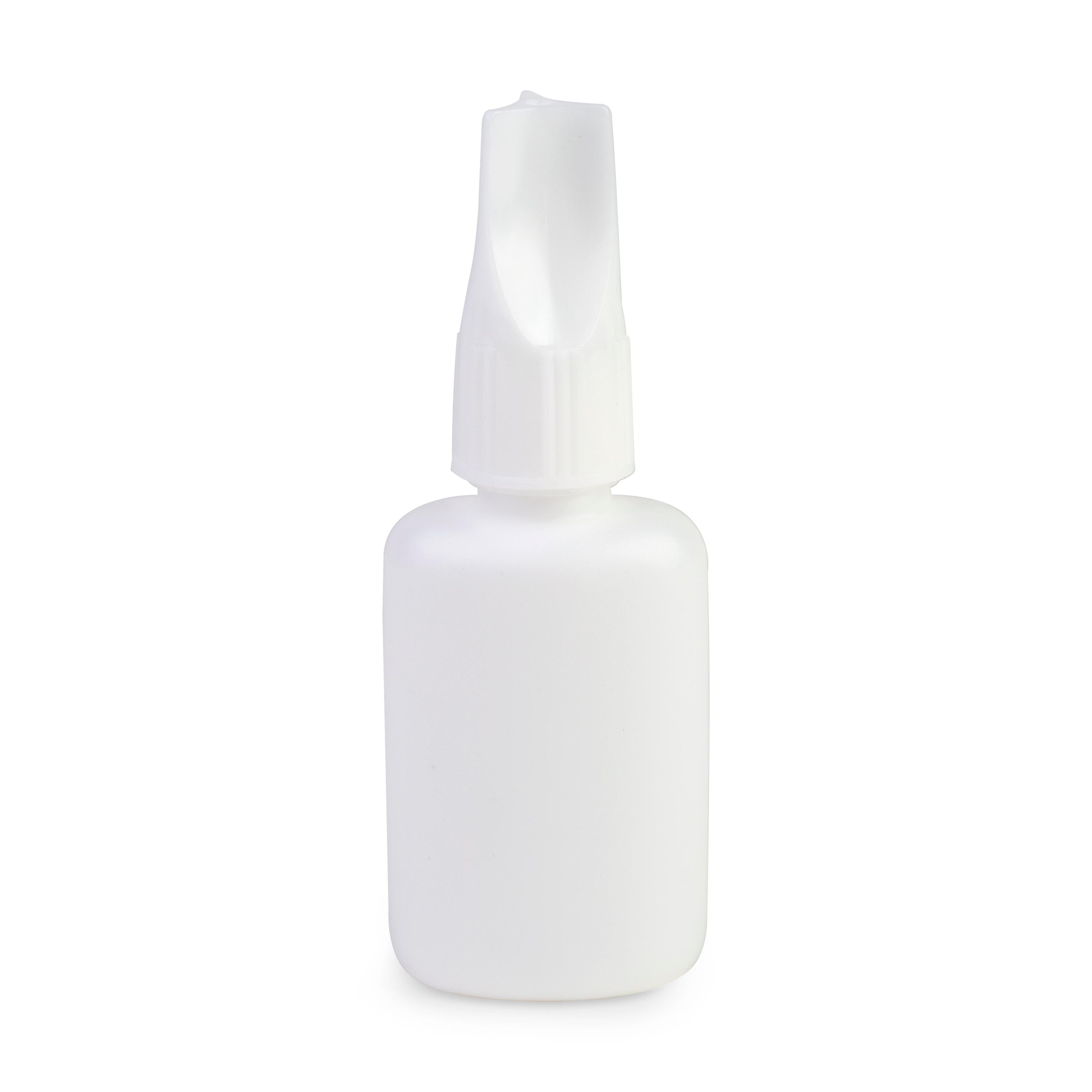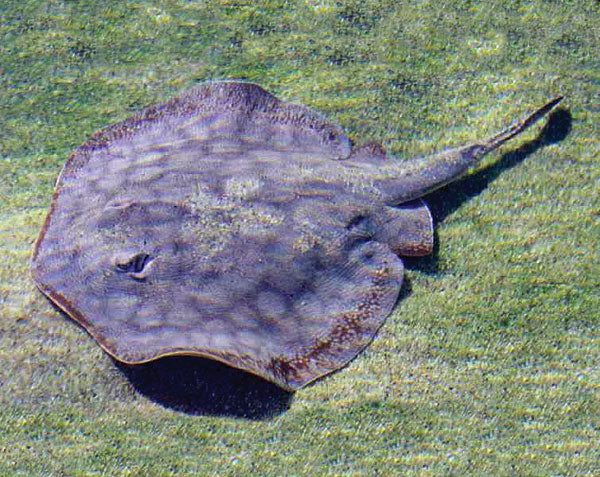
California Round Stingray (Urobatis halleri)
Max Size: 10 inches
Diet: Carnivore
Temperament: Semi-Aggressive
Reef Compatible: No
Minimum Tank Size: 180 gallons
The Round Stingray is a species found in temperate waters along the western coast of the United States, Northern Mexico, and neighboring areas of the Eastern Pacific. Due to their abundance off the coast of California, they are often referred to as the California Stingray by retailers and hobbyists. Despite being relatively small in size, with a main disc reaching about 10 inches, the Round Stingray has gained popularity among advanced aquarium hobbyists who maintain shark/stingray tanks. It is important to note that even though they are considered a smaller ray species, Round Stingrays still require a minimum tank size of 180 gallons with at least 2 feet of space from front to back, allowing them to comfortably turn within the aquarium.
When setting up an aquarium for stingrays, it is recommended to provide a minimum of 2 feet of depth from front to back, a length of 6 feet, and a height of 2 feet to ensure ample room for swimming and maneuvering, even for smaller stingray species. As with most stingrays, the tail spine of the Round Stingray is venomous and can cause a painful injury if the ray is provoked. Hobbyists should be cautious and aware of the ray's location within the aquarium when performing maintenance tasks. Additionally, transporting Round Stingrays requires extra care to avoid entanglement of the tail spine in nets, which can cause stress to the ray.
To successfully house Stingrays in a home aquarium, it is crucial to meet their specific requirements. The Round Stingray, native to the temperate Eastern Pacific, prefers water temperatures ranging from 65°F to 75°F, which is generally cooler than the typical temperature range of tropical marine aquariums (78°F to 82°F). The footprint of the aquarium is essential for Stingray housing, as they require ample space to swim and maneuver. Therefore, the aquarium should be at least 2 feet wide and 6 feet long.
Ideally, larger aquarium footprints are preferred, with dimensions of 4 feet in width and 8 feet in length being more desirable. Additionally, the Round Stingray needs a soft sandy substrate that allows them to rest and engage in hunting behaviors, mimicking their natural habitat. The substrate should enable them to burrow and camouflage themselves when sleeping or resting, as well as search for invertebrates buried within it. Coarse substrates like crushed coral are not suitable for Stingrays as they can scratch the ray's delicate belly, leading to irritation and potential infection. Moreover, coarse substrates hinder the natural behaviors of Stingrays, causing stress and compromising their immune system's effectiveness.
Lastly, maintaining high levels of dissolved oxygen in the aquarium water is crucial to replicate the Stingray's natural environment. A combination of the appropriate aquarium size, suitable substrate, optimal oxygen levels, and a well-balanced diet will enable the Round Stingray to thrive in the marine aquarium setting while reducing the risk of diseases.
Round Stingrays can exhibit shyness when it comes to feeding in the initial stages of being introduced to a home aquarium. To encourage successful feeding, it is recommended to dim or turn off the aquarium lights when offering food to new specimens. Fresh squid or shrimp can be placed on the substrate near the ray to entice them to eat. Another option is to provide live saltwater feeder shrimp, allowing the Stingray to engage in a more natural hunting behavior. With time, even the shyest feeders tend to become more accepting and will consume a variety of fresh or thawed frozen meaty foods. This can include shrimp, squid, scallops, mussels, chopped fish, or other similar marine food items.


